Infectious and parasitic diseases
Infectious and parasitic diseases include

Adenovirus infection
Adenoviruses cause mainly acute respiratory diseases in humans. However, they can attack various body systems. What is an adenovirus and how is the disease transmitted? What is the appropriate treatment and preventive measures?

Angina tonsillitis
Angina is an infectious disease characterized by inflammation of the tonsils, mostly the palatine tonsils. The inflammation is accompanied by swelling of their structures and pain in the throat. Angina occurs mainly in children. It is one of the most common causes of visits to the doctor. What are its symptoms? How can we distinguish it from other upper respiratory tract diseases?

Balantidiosis
Balantidiasis is a rare infectious disease of the human colon and digestive tract. What causes balantidiasis, what are its first symptoms and treatment options?
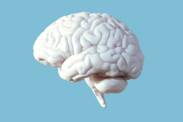
Brain abscess
An abscess is a pus-filled cavity in the tissue. It manifests as a circumscribed and encapsulated inflammation. The most common bacteria that form abscesses are staphylococci and streptococci.

Bronchitis
Everyone of us has encountered bronchitis. Let's look at the causes and symptoms of the disease.

Cholera
Cholera is an intestinal infectious disease. It is caused by a bacterium. Although its treatment is simple, it is a threat to a person's health and life.
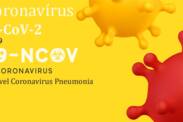
Coronavirus - COVID-19
What is a coronavirus and what about COVID-19? A virus that causes acute respiratory disease.
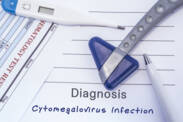
Cytomegalovirus infection
Cytomegalovirus is an unknown virus to many. Many women only learn about it during pregnancy. How is it dangerous?
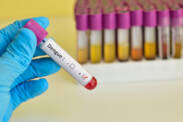
Dengue fever - dengue virus
Dengue fever is transmitted by mosquitoes. What are the symptoms and how to protect yourself?
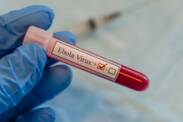
Ebola
Ebola is one of the world's most dangerous diseases, with a high mortality rate. Where does the Ebola virus come from and how is this serious infectious disease transmitted?

Infectious Mononucleosis
Infectious mononucleosis is a worldwide viral disease accompanied mainly by high fever, angina and enlarged lymph nodes. The virus is spread by interpersonal contact. The disease is mainly transmitted by saliva and is therefore also known as "kissing disease". What are the symptoms of infectious mononucleosis, available treatment options and prevention?

Inflammation of the Ovaries and Inflammation of the Uterine Appendages
Inflammation of the ovary is a gynecological infection that often occurs simultaneously with inflammation of the fallopian tube, either by extension of the inflammation taking place in the vagina and uterus, or by inflammation of the surrounding organs. Most ovarian infections are caused by bacterial infection. Bacteria enter the ovary through the vagina or through the bloodstream.

Endometritis
Endometritis, i.e. inflammation of the uterus, is a bacterial infectious disease that most often affects women of working age between 20 and 30 years of age, often after childbirth or miscarriage, but can also affect older women.

Kidney inflammation
Inflammation of the kidneys is an inflammatory disease of the kidney tissue. It can occur in only one or both kidneys at the same time. Inflammation affects the function of the kidneys, their filtering ability and can lead to kidney failure.
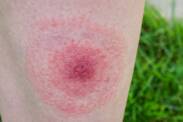
Lyme disease
Lyme disease is a multi-systemic infectious disease of bacterial origin. Humans become infected with this disease after being bitten by an insect. This spot is typically reddened by a large rash. It can take place in a lighter form. Chronic disease is sometimes treated for many years.

Monkeypox - Monkeypox
Monkeypox is an infectious viral disease. The World Health Organization classifies it as a possible pandemic disease.
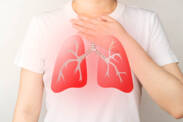
Pneumonia
Pneumonia is an inflammatory disease characterized by lung tissue damage. Depending on the origin of the disease, this inflammation can take both an infectious and a non-infectious form.

Shingles
Shingles is a viral disease characterised by unpleasant pain and skin rash. It has the same origin as smallpox, but, in most cases it occurs in adulthood and old age.

Teniasis
Teniasis is a parasitic intestinal disease caused by tapeworms. Worldwide, it is one of the most widespread parasitic diseases.

Tick-borne encephalitis
The tick is one of the carriers of infectious diseases. Tick-borne encephalitis is one of them. Over the past 10 years, the number of cases has ranged from 50 to 108 per year.









